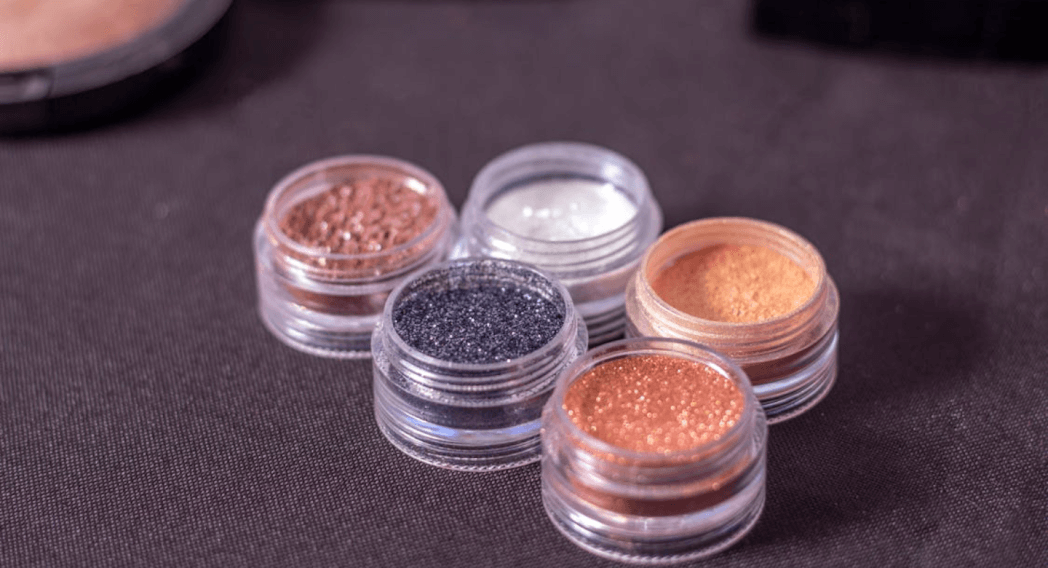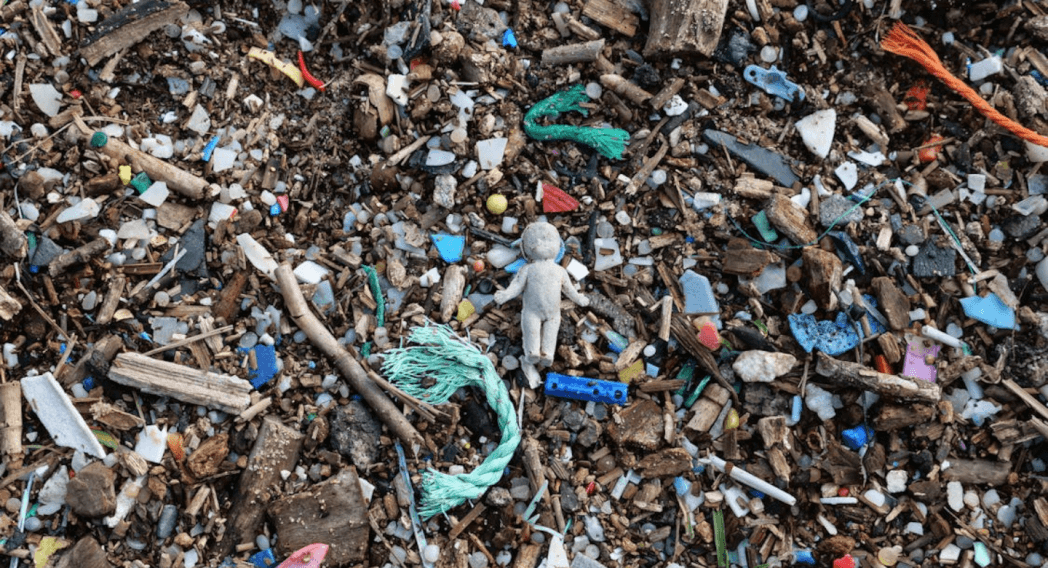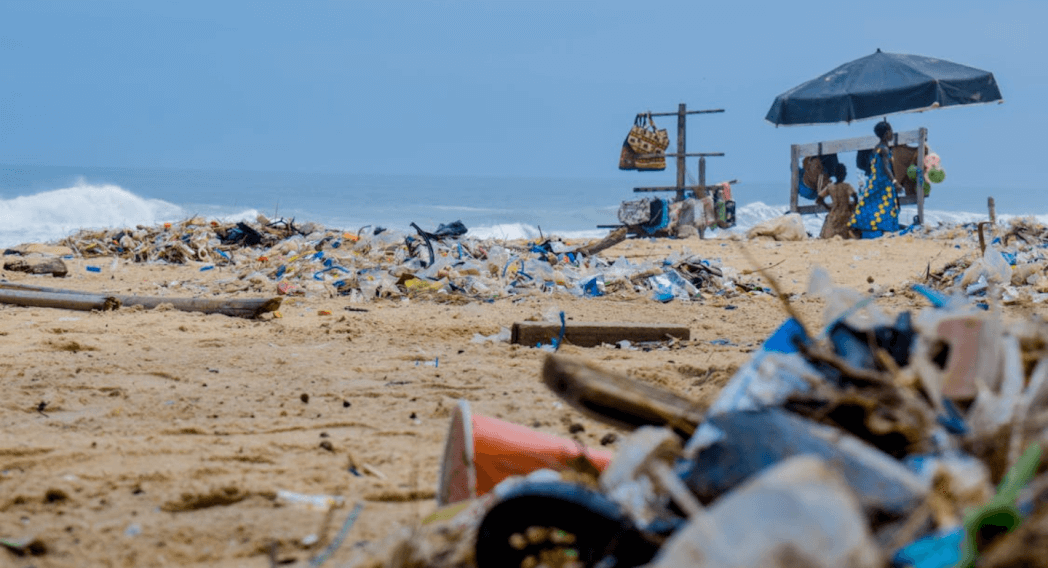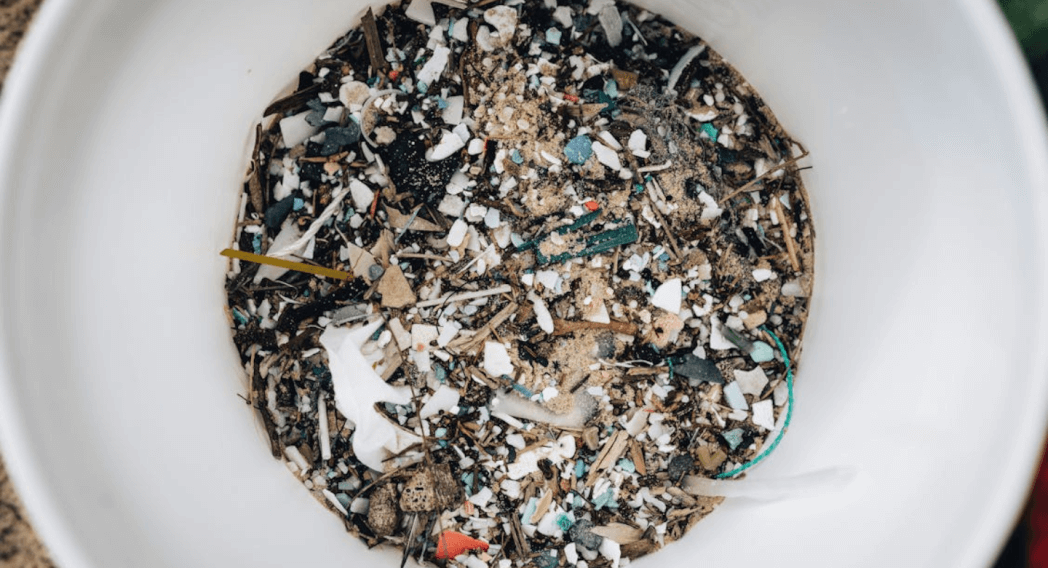5 Major Sources of Microplastics in Our Environment
Discover the hidden dangers of microplastics—tiny plastic particles polluting our food, water, and air. Learn about their impact on health and the environment, and explore actionable solutions to combat this invisible threat.
Table of Contents
ToggleDid you know that microplastics—tiny plastic particles less than 5 millimeters in size—are found in over 80% of the world’s tap water? These particles are so pervasive that they have even been detected in human blood, raising alarm about their unseen yet potentially devastating impact.
Microplastics, often dubbed the ‘invisible threat,’ emerge from the breakdown of larger plastics or are intentionally crafted as microbeads in products like cosmetics. Though unseen by the naked eye, they silently endanger ecosystems and human health. Their rising presence in our environment signals an urgent call for action. By embracing education, innovation, and mindful lifestyle choices, we can combat their harmful impact and safeguard our planet for future generations.
What is Microplastics?
Microscopic plastic particles, typically less than 5 millimeters in size, are manufactured from synthetic polymers and are widespread in our environment, posing significant risks to both animal and human health. These tiny particles can be intentionally added to products like cosmetics and cleaning agents or result from the breakdown of larger plastic items.
Types of Microplastic
Primary Microplastic
These are microplastics that are intentionally manufactured to be small, such as those found in exfoliating scrubs or as part of industrial processes.
Sources of Primary Microplastic

- Personal care products: Scrubs, exfoliants, toothpaste, and lotions containing microbeads.
- Synthetic fabrics: These are released from washing clothes made of polyester, nylon, and acrylic.
- Plastic pellets: Small plastic resin pellets used in manufacturing plastic products (nurdles).
- Agricultural products: These are present in fertilizers and pesticides (e.g., plastic-coated fertilizers).
- Cleaning products: Abrasive cleaning agents that contain microplastic particles.
Secondary Microplastic
These result from the breakdown of larger plastic debris over time, such as plastic bottles or fishing nets, into smaller particles.
Source of Secondary Microplastic

- Larger plastic debris: Plastic bottles, bags, and packaging that break down into smaller pieces over time.
- Fishing gear: Nets, lines, and other equipment that degrade into microplastics.
- Plastic waste: Items discarded improperly (e.g., plastic wrappers, straws, etc.).
- Paints and coatings: Abrasion of paints on buildings, ships, and vehicles that contain microplastics.
- Tires: Wear from vehicle tires releasing small plastic particles into the environment.
Microplastic Sources & Crisis
These particles are found in diverse environments around the globe, far beyond the oceans where many initially believed they would be confined. The widespread distribution of particles is a result of their small size, which allows them to travel vast distances.
Microplastics have infiltrated various environmental systems across the globe, and their presence is now undeniable in several key areas:

Oceans: These are prevalent in the world’s oceans, from the deepest ocean depths to the surface waters. Research indicates that microplastics exist in every marine habitat, with an estimated 10 million tonnes of microplastics entering the ocean each year. It is estimated that there are between 15 to 51 trillion microplastic particles in the world’s oceans, corresponding to approximately 93 to 236 million tons of microplastics (source: Jambeck et al., 2015 ).
Freshwater: Microplastics are not confined to marine environments. Freshwater systems, including rivers and lakes, also suffer from microplastic pollution. Rivers contribute up to 80% of the plastic debris found in the oceans. A 2021 study found that over 90% of freshwater lakes and rivers in Europe are contaminated with microplastics, with concentrations varying between 1 and 4 particles per liter (source: Nizzetto et al., 2016 ).
Soil: Agricultural soils are increasingly impacted by microplastics, often introduced through the use of plastic-containing fertilizers, mulching films, or sewage sludge. A 2020 study in Environmental Science and Technology found that agricultural soils could contain between 0.1 and 0.5 million microplastic particles per hectare, significantly affecting soil health and potentially entering the food chain through crops.
Air: Microplastics are also airborne, with particles found in both urban and rural environments. These particles, often originating from synthetic textiles or the breakdown of larger plastic items, are small enough to be inhaled. In urban areas, air samples can contain 100 microplastic particles per square meter every day, and are even found in rain, falling from the atmosphere (source: Queen Mary University of London, 2020).
Human Blood: Alarming recent studies have detected microplastics in human blood, raising serious health concerns. A groundbreaking study in 2022 published in the journal Environment International found microplastic particles in the bloodstream of over 50% of participants, with these particles detected in individuals from various regions around the world.
Why Microplastics Are Hard to Remove

One of the biggest challenges posed by microplastics is their difficulty to remove once they enter the environment. Here are a few key reasons why microplastics are so hard to eliminate:
Small Size and Abundance: These are incredibly small, often less than 5 millimeters in size, which makes them almost invisible and difficult to track. Their tiny size allows them to travel vast distances through water, air, and soil, making collection or removal efforts extremely challenging.
Chemical Resistance: Plastic polymers are designed to be durable and resistant to chemical breakdown. This resistance means that microplastics do not easily degrade in the environment. They can persist for hundreds, even thousands, of years, accumulating over time.
Fragmentation: Larger plastic objects, such as bottles and bags, break down into smaller microplastic particles due to physical and chemical weathering (UV radiation, heat, etc.). Once fragmented, they become dispersed in the environment, making large-scale cleanup efforts almost impossible.
Impact on Marine and Wildlife: It often accumulates in marine environments and is ingested by marine animals. Removing these from oceans or rivers would require targeted efforts on an unprecedented scale, yet the widespread nature of the contamination complicates cleanup attempts.
Absorption of Toxins: It can absorb toxic chemicals from the environment, including heavy metals and pesticides. Once they enter ecosystems, these toxic substances can be transferred through the food chain, adding to the environmental and health risks posed by microplastics.
Solutions to Combat Microplastics
Microplastic pollution is a pressing environmental issue that requires concerted action at all levels—from personal efforts to corporate responsibility and government policies. While the scale of the problem may seem overwhelming, numerous solutions can significantly reduce microplastic pollution. By working together, we can help tackle the crisis and protect our environment and health.
Individual Actions to Reduce Microplastic
To combat this crisis, reduce single-use plastics and opt for sustainable alternatives. Avoid microbeads in personal care products and opt for “microbead-free” options. Install a microplastic filter in washing machines to capture microfibers from synthetic fabrics. Wash clothes less frequently and use natural fibers instead of synthetic ones to minimize microfiber pollution.
Read More about Plastic code and waste segregation
Corporate Responsibility: Reducing Microplastics in Production
Companies can help reduce microplastic pollution by shifting towards biodegradable alternatives, reducing plastic in product packaging, and investing in research and innovation. Biodegradable materials break down more easily in the environment, reducing microplastic persistence. Sustainable materials like cardboard, glass, or aluminum can be used, and refillable or reusable systems can minimize single-use plastic waste. Brands should also focus on sustainability from production to disposal.
Conclusion
Microplastics are more than just an environmental issue—they represent a growing threat to ecosystems, marine life, and human health. As invisible as they may be, their impact is tangible, pervasive, and far-reaching. Tackling this issue requires a multi-faceted approach: individual responsibility, corporate accountability, and stringent government regulations. By reducing single-use plastics, supporting innovative solutions, and advocating for systemic changes, we can mitigate the dangers of microplastics and pave the way for a sustainable future. Together, we can transform this invisible threat into an opportunity for visible change, ensuring a cleaner, healthier planet for generations to come.
Reference
What are microplastics? (n.d.).
Rogers, K. (2024, December 28). Microplastics | Definition, Properties, & Plastic Pollution. Encyclopedia Britannica.
Li, Y., Tao, L., Wang, Q., Wang, F., Li, G., & Song, M. (2023). Potential Health impact of Microplastics:
Microplastics – Wasser 3.0. (n.d.). Wasser 3.0.
EuroPlas. (2023, November 21). All types of microplastics you should know. EuroPlas.
Ziani, K., Ioniță-Mîndrican, C., Mititelu, M., Neacșu, S. M., Negrei, C., Moroșan, E., Drăgănescu, D., & Preda, O. (2023). Microplastics: a real global threat for environment and food Safety: A State of the art review. Nutrients, 15(3), 617.
Frequently Asked Questions (FAQs) on The Microplastics Crisis: 5 Hidden Sources You Must Know
What are microplastics?
These are tiny plastic particles, usually less than 5 millimeters in size, that originate from the breakdown of larger plastic items or are manufactured as microbeads in certain products.
Where do microplastics come from?
They come from sources such as synthetic textiles, tire wear, cosmetics, industrial processes, and the degradation of larger plastic waste.
How do microplastics enter the environment?
They enter the environment through improper waste disposal, urban runoff, industrial discharge, and washing synthetic fabrics.
Why are microplastics harmful to the environment?
They disrupt ecosystems, harm marine life through ingestion and bioaccumulation, and contribute to pollution in oceans, rivers, soil, and air.
Can microplastics affect human health?
Yes, microplastics can enter the human body through food, water, and air. They may cause inflammation, disrupt hormonal balance, and contribute to chronic diseases, though more research is needed to fully understand their effects.
How can individuals reduce microplastic pollution?
Individuals can reduce microplastic pollution by minimizing single-use plastic consumption, using eco-friendly products, and installing microplastic filters on washing machines.
What role do industries play in microplastic pollution?
Industries contribute to microplastic pollution through the production of plastic products, microbeads in cosmetics, and improper waste management. They must adopt sustainable practices and reduce plastic use.
Are there policies in place to combat microplastic pollution?
Many governments have started banning microbeads in cosmetics and are implementing stricter regulations on plastic production and waste management.
What are some innovative solutions to tackle microplastics?
Innovations include biodegradable plastics, washing machine filters, ocean cleanup technologies, and sustainable alternatives for synthetic textiles.
Why is it urgent to address microplastic pollution now?
The pervasive nature of microplastics and their potential long-term impact on ecosystems and human health make it critical to address this issue immediately to prevent irreversible damage.








[…] Read About the Microplastics: The Invisible Threat of Human beings […]